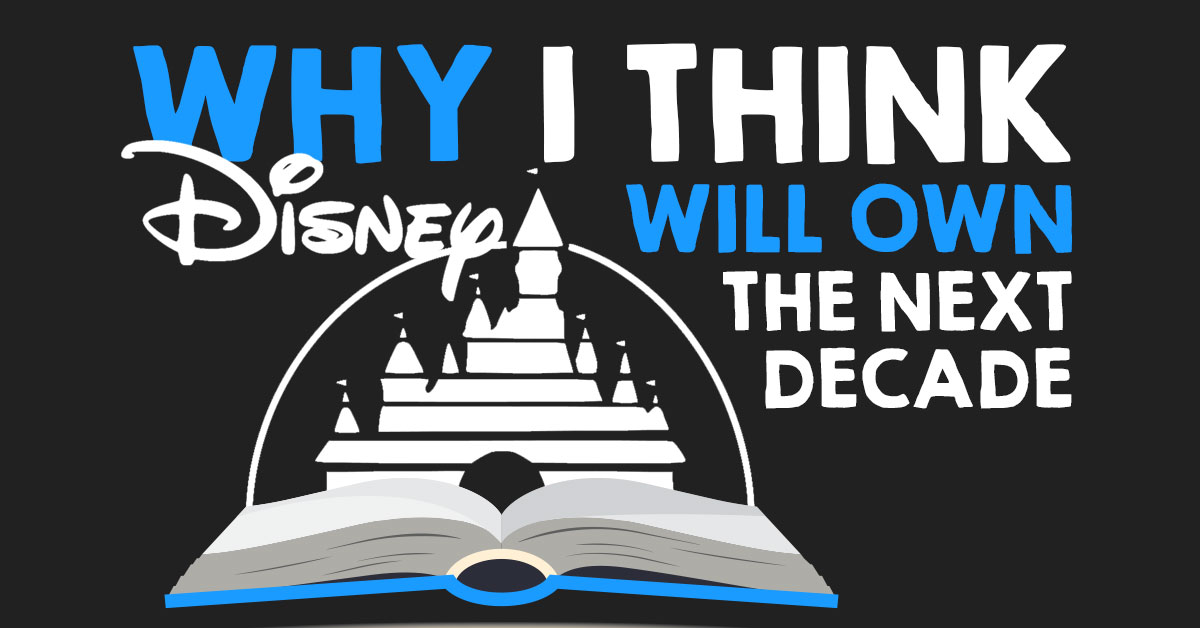If I’m trying to tell you about the life-changing power of an eczema medication, I can throw a bunch of stats at you, tell you about its amazing chemical formula, or I can tell you about Lynda, whose life was changed by this medication:
Lynda’s eczema was so bad that she wore only long sleeves—even during the long, Arizona summers. She didn’t want anyone seeing the raised, red patches that covered her arms, sometimes cracking and oozing fluid. It was enough to make people stare and keep their distance, just in case she was contagious. Her morning showers were a painful ritual. She’d take a deep breath, turn the faucet, and feel the tears well up as the water stung her flesh.
Now, I’ve drawn you in. Because you can almost see and feel what a crummy predicament Lynda was in. If you have bad eczema, you can probably relate to her, and you can believe that if this medication worked for her, it might actually work for you.
I’ve been talking and writing a lot lately about emotional response marketing, which is all about creating value-driven content through the use of stories. Why? Because it builds trust and rapport with your readers, and when your readers trust you and like you, they will buy from you more often and in greater quantities.
Storytelling is a powerful tool. It is a pillar of my RMBC method, which has helped thousands of writers learn how to write better copy in less time. As part of this method, you can leverage stories to:
- Connect with people’s pain points, whether they be psychological, economic or relational.
- Convey optimal solutions. When you tell stories that show people overcoming these pain points and experiencing success and freedom, your readers will sit up and take notice because this is what they want for themselves.
- Illustrate drawbacks with the competition. You can share stories of people experiencing complications or hitting dead ends with competitors’ products or services. This might involve horror stories that will catch people’s attention. (Ex: If you’re writing about a teeth whitening treatment, the story of the lady who experienced severe gum burns after using a competitor’s product will demonstrate how important your product’s safety profile is.)
But now you may be asking yourself how to write a truly great story. Here are a few tips to follow:
Ask why? Before you start writing a story, ask yourself why you’re incorporating it into your copy. In other words, what do you hope your writers will gain from this story? This will keep you from meandering or including details that don’t support your desired end.
Use specifics. I can tell you that someone achieved success and freedom as a freelancer, or I can illustrate it by telling you about how they are now able to golf from 3 to 5 p.m. every day or how they finally had the time to finish “Moby Dick” (in a week) or how they break away from work every Friday to take pottery lessons at the local arts center with their daughter. Readers can smell the turf on the golf course, hear you flipping through Melville’s pages in your sunlit den and imagine you guiding your daughter’s hands on the pottery wheel. Give details and invoke the five senses.
Keep your audience in mind. If you’ve done your research (which is the first and, arguably, most important step of my RMBC method), you’ll know a lot about your audience—who they are, what they wish were different in their life, what they’ve already done to try to fix their pain points, what their ultimate goals are in life. Before you start writing, sit down and tell the story to them as if they were sitting in a chair in front of you. The words won’t come out quite right, but that’s OK. There will be time to finesse those later, but this will get you in the headspace to tell your reader something that will resonate with them.
Evoke strong emotion. If you’re selling a study program for standardized tests, consider this scenario: “John crumpled up the results and put his head in his hands as it pulsed with worries. How would he get out of his fast food job? He’d been flipping burgers for two years now, and with another botched test, he felt like there was no way out.” Human beings run on emotions, and the more you can animate them in your stories, the more touchpoints you’ll create.
Read. Read. Read. To become really good at incorporating storytelling for copywriting mastery, look to the experts. Read all the good copy you can get your hands on, and keep your eye out for great “swipes” (examples of effective copywriting) that contain stories. Tuck these examples into a “swipe file,” and pull them out the next time you’re incorporating a story into your copy. Notice how they formatted their story and what techniques they used to draw the reader in. Pattern your story after theirs. A lot of people assume this is copying, but you’re not plagiarizing—you’re simply building off a proven framework and making it your own.
There’s a reason we read stories to kids from the youngest ages. They captivate our attention, help us make sense of what we’re going through, provide cautionary tales and inspire us with hope for the future. And no matter how old your readers are, nobody outgrows the need for really great stories.




0 Comments